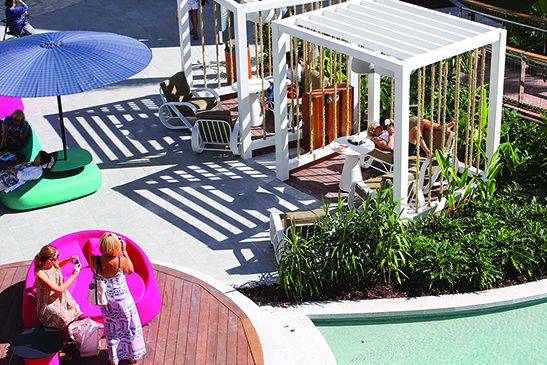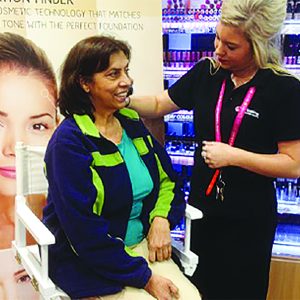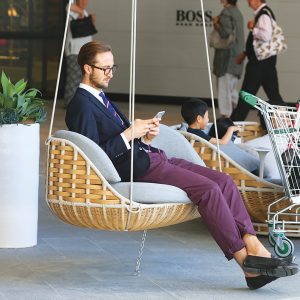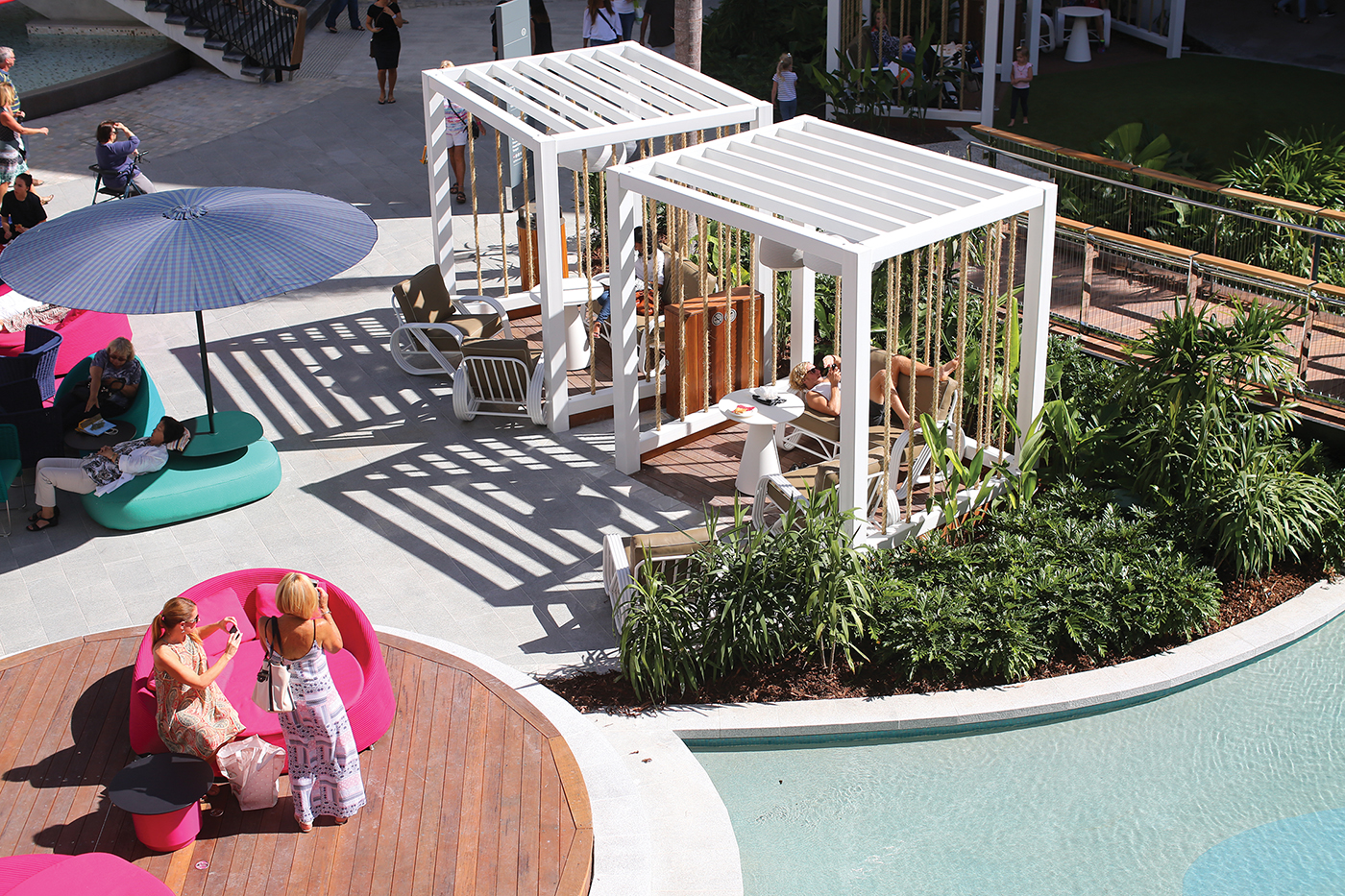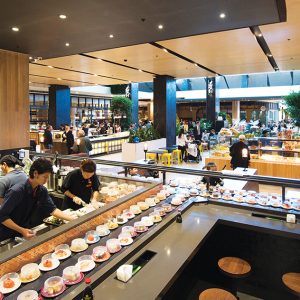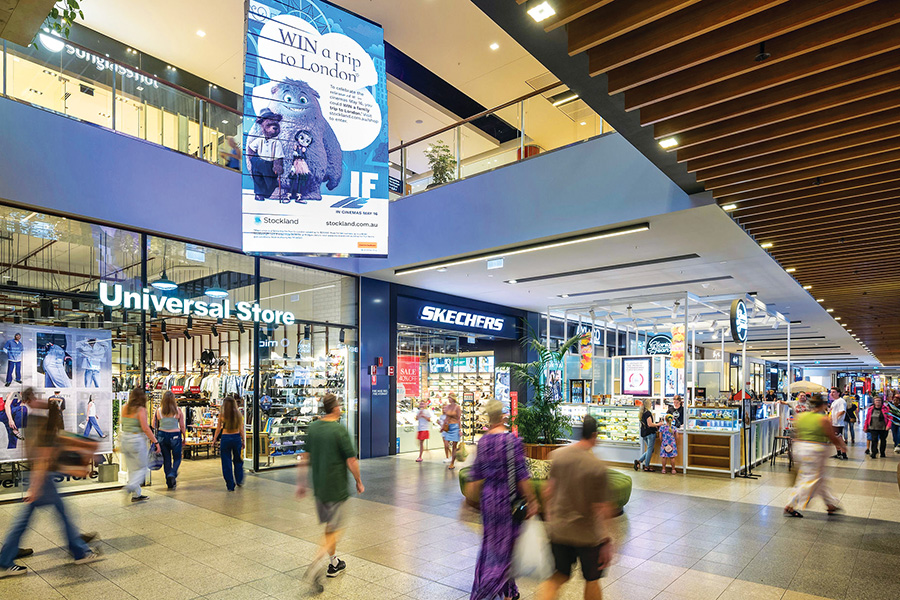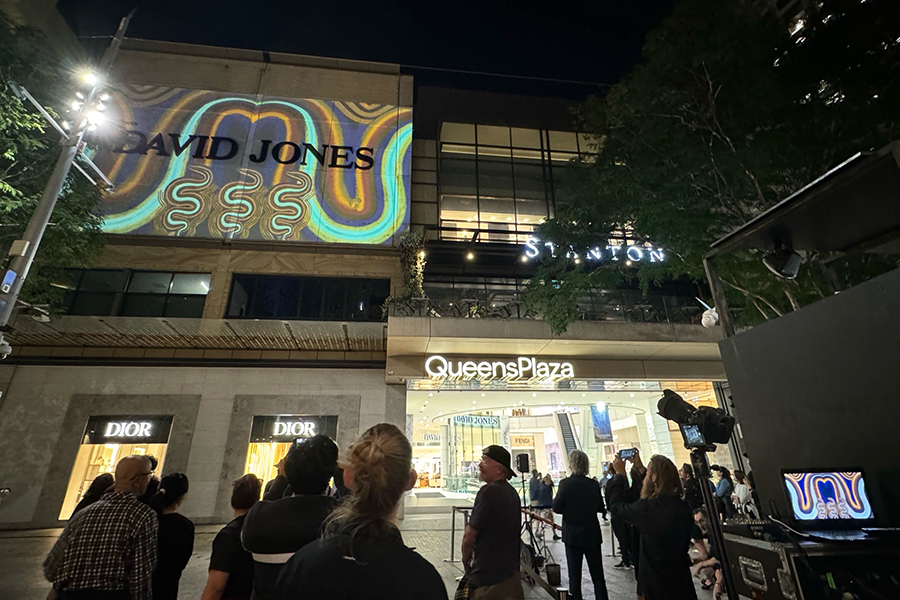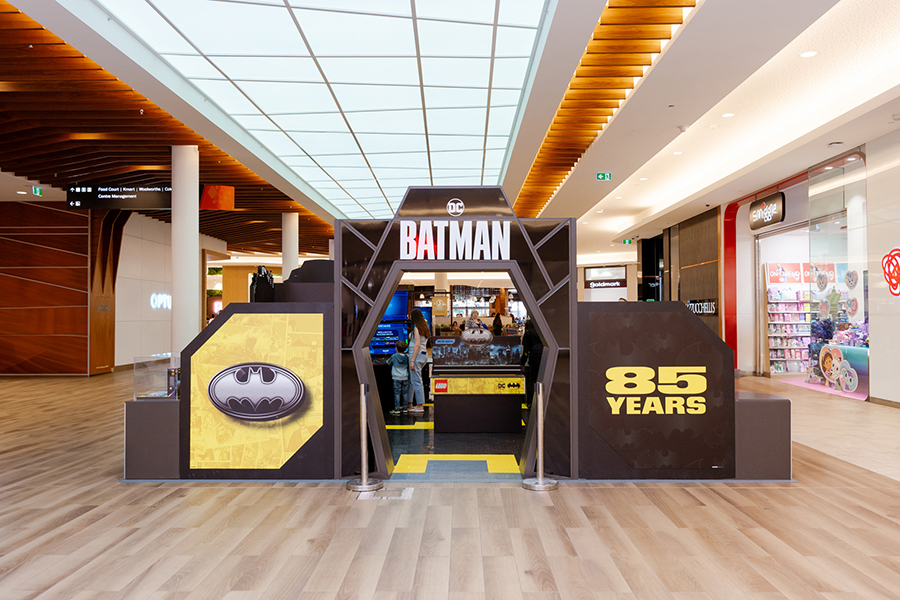Each year AMP Capital Shopping Centres releases its Recommended Retail Practice Report. It’s a great publication with in-depth market research in many areas. This year, the report has identified five key themes and recommendations for retailers. It’s powerful stuff!
In July we released the 10th anniversary edition of the AMP Capital Shopping Centres’ Recommended Retail Practice Report, which continues to be an insightful annual addition to retail and consumer research.
It’s widely understood that, in 2016, shopping centres are much more than what they were in 2006.
The Recommended Retail Practice Report has confirmed for us that achieving success in the retail industry goes beyond just the goods you sell, and developing successful shopping centres takes more than creating a place for people to shop.
The modern consumer is incredibly busy, and is looking to their local shopping centre to provide a place where they can enjoy their leisure time and be with friends and family. They are also more discerning than ever before, and want to spend their hard-earned money with retailers who show an understanding of their wants and needs, and go above and beyond to provide a tailored and efficient shopping experience.
At AMP Capital Shopping Centres we rely heavily on research to inform the decisions we make in order to deliver the best possible experience for our shoppers, our retailers and our investors.
With our 10th annual Recommended Retail Practice Report, we gave the power to shoppers to tell us what they want from us and our retail partners. The research was conducted using an online consumer consulting board to engage in in-depth discussions with 750 shopping enthusiasts in Australia and New Zealand, over a period of two to three weeks. These findings were validated and quantified through an online survey in both Australia and New Zealand.
- It turns out that men love shopping too!
The resulting report ‘When is a shopping centre more than just a shopping centre?’ has identified the following five key themes and recommendations for retailers:
• Men vs Women
• Time vs Money
• Crowd vs Community
• Entertainment vs Mindfulness
• Somewhere vs Anywhere
The first theme, Men vs Women, was an eye-opener. It turns out that men love shopping too! In what might feel hard to believe for many wives and girlfriends of grumbling partners, men want shopping to become less of a necessity and more of a pastime. The report found that 53% of men state they like going out shopping, with 22% stating they in fact love shopping. Additionally, one in 10 males said they would spend more money if the retail offering or shopping experiences were designed to cater to the interests and needs of men, as well as women.
Traditionally the face of retail has been predominately designed for women, and currently male shoppers feel under-catered for in the retail environment. This is in spite of the fact that they continue to visit shopping centres just as frequently as women.
Men tend to be more technology-focused than women, which is a major ‘watch-out’ for bricks-and-mortar retailers as it means they will be the prime target for digital disrupters such as Amazon. Retailers need to consider how they can engage with men on an emotional level, such as developing tailored communications for male shoppers. Interestingly, men are more open to the idea of engaging with brands than women, so the opportunity is there.
Men’s fashion retailers stand out as a category with the most to gain from embracing this trend, many of whom still design the in-store experience with the female shopper in mind. A great example of a retailer who is owning this space is men’s fashion brand M.J. Bale.
- Men tend to be more technology-focused than women, which is a major ‘watch-out’ for bricks-and-mortar retailers.
Walk into any M.J. Bale store and you know it has been designed with a man in mind, with hardwood floors and very masculine decor. The flagship stores even offer appointment-only dressing rooms specifically built for grooms and their groomsmen to be fitted out with personal service and tailoring. The rooms are designed like a gentleman’s club, featuring a mix of dark and light oak timber, vintage sporting art, a cigar leather sofa and Mad Men-style wet bar for afternoon beverages. The perfect environment for a male bonding session complete with shopping for suits!
The second theme, Time vs Money, reflects the fact that many shoppers are time poor and looking to maximise their leisure time wherever possible; they want the shopping experience to be easy and efficient. Just look at the uptake of ‘self-serve’ options at supermarket checkouts, where shoppers are drawn to the shorter queues and the ability to get in and get out quickly.
In fact, the Recommended Retail Practice Report found that 85% of shoppers would spend as much or more if online and in-store shopping experiences were designed and coordinated to make shopping more efficient, easy and enjoyable.
Retailers also need to battle the convenience factor of online shopping, and look at ways they can create a human experience in-store that cannot be replicated online.
A great example is from Priceline Pharmacy, who staff each store with a dedicated beauty advisor, armed with ‘Foundation Finders’, an innovative piece of handheld technology that reads the user’s skin tone and type and matches them with the best foundation colours available in-store – this is both an efficient way for shoppers to find the best product for them, and an experience that is only available by visiting a bricks-and-mortar store.
The third theme, Crowd vs Community, is all about fostering brand loyalty. It’s not just mega-brands like Apple that can develop a cult following from devoted shoppers. Brands that are able to create meaning around why they do what they do, and employ staff who are aligned with their higher purpose, are able to transcend the perception of a product provider into a lifestyle curator. Smaller retailers can foster this sense of loyalty and devotion if they are able to connect with their local shoppers. A great example is Grill’d Burgers with their simple yet effective community initiative driven by its customers, who choose a local community cause to support by dropping a token in one of three jars. At the end of the month Grill’d donates money to each of the community groups based on the number of tokens in each jar.
The fourth theme, Entertainment vs Mindfulness, comes back to the fact that consumers want retailers to take the legwork out of the shopping experience so they can focus on enjoying their time out. Shoppers want more time to devote to relaxation and personal growth, and they also want to be entertained. The Recommended Retail Practice Report found that 82% of shoppers would spend as much or more if food experiences were designed to provide opportunities to relax, and a further 73% of shoppers would spend as much or more if a retailer offered surprising and entertaining experiences such as pop-up activations.
One of our research participants put it best when asked what they envisage of their ideal retail environment, stating, “The food court will have modern seating with choices of lounge chairs and tables in a more private setting. You can browse menu items from your seat and customise your order from there with food delivered along with waiting times being indicated. Simply tap your phone to pay and dig in.”
- The Resort, Pacific Fair
- The Resort, Pacific Fair
- The Resort, Pacific Fair
The final theme, Somewhere vs Anywhere, is important for retailers and shopping centres alike, as it looks at the importance of the physical environment. Shoppers want the destination to connect with the land around it, creating a seamless transition between inside and outside.
The goal should be to foster a sense of pride in a particular place in order to increase shopper engagement. At AMPCSC this is referred to as our placemaking strategy – by this we mean capitalising on the unique characteristics of a place to create a destination that is local, authentic and relevant to that community. Putting place at the heart of what we do enables us to grow the value of our centres for our communities and our customers.
A great example of this is our recently completed $670-million redevelopment of Pacific Fair on the Gold Coast, one of the key features of which is The Resort – an unrivalled open-air retail precinct, filled with lush palm trees, gently running water features and secluded cabanas for visitors to stop and take in the relaxed oasis in between shopping and dining. This connects the centre to its unique beachside location in a way that is elegant yet sophisticated and warm, creating a sense of luxury that isn’t flashy or superficial.
Another example is Singapore Changi Airport, the world number-one ranked airport, which currently houses a rooftop swimming pool, cinema and butterfly garden. The airport plans to take things even further with a $1.24-billion extension, named Project Jewel and due to be completed in 2018, that will install an indoor forest with hiking trails and a 40-metre rain vortex falling from the roof.
The shoppers have spoken, and what they have told us is that they expect more from the retail experience now than in the past. The modern consumer expects their local shopping centre to go beyond a retail precinct and transform into a leisure destination. Similarly, they expect retailers to understand their busy lifestyles and provide a shopping experience that is easy, efficient and enjoyable.
We look forward to seeing how retailers and shopping centre owners adopt and evolve these trends to cement their place in the retail environment. SCN


